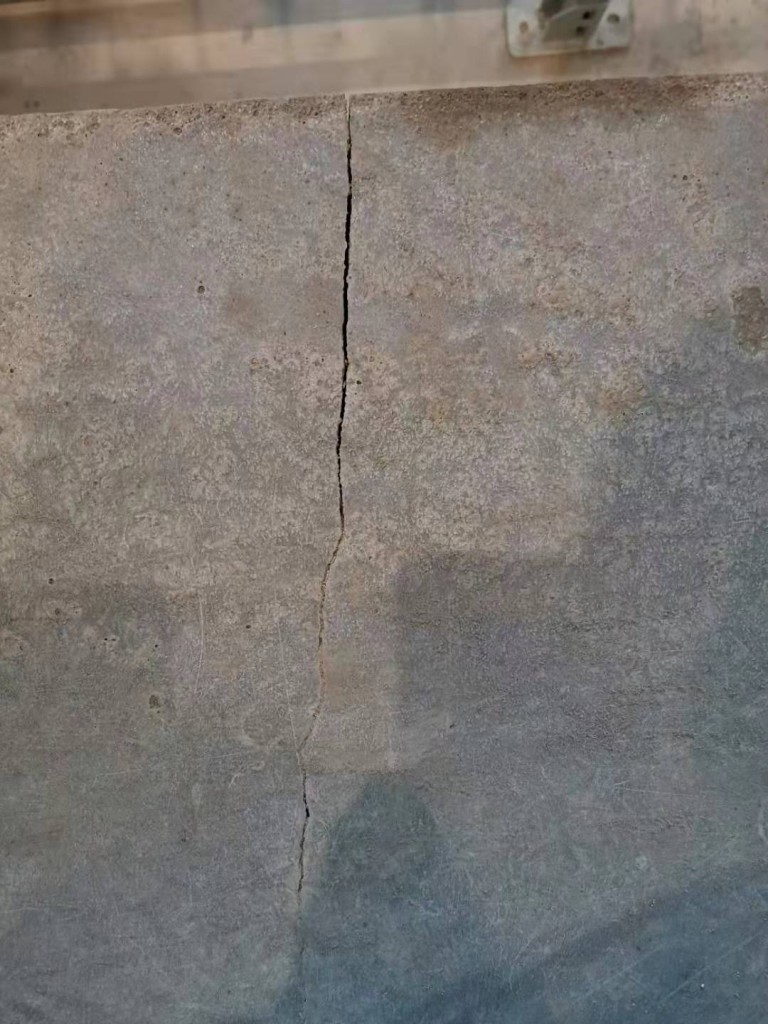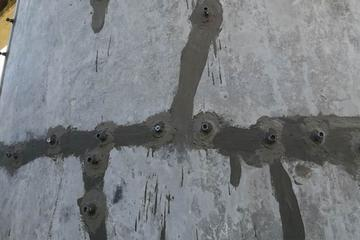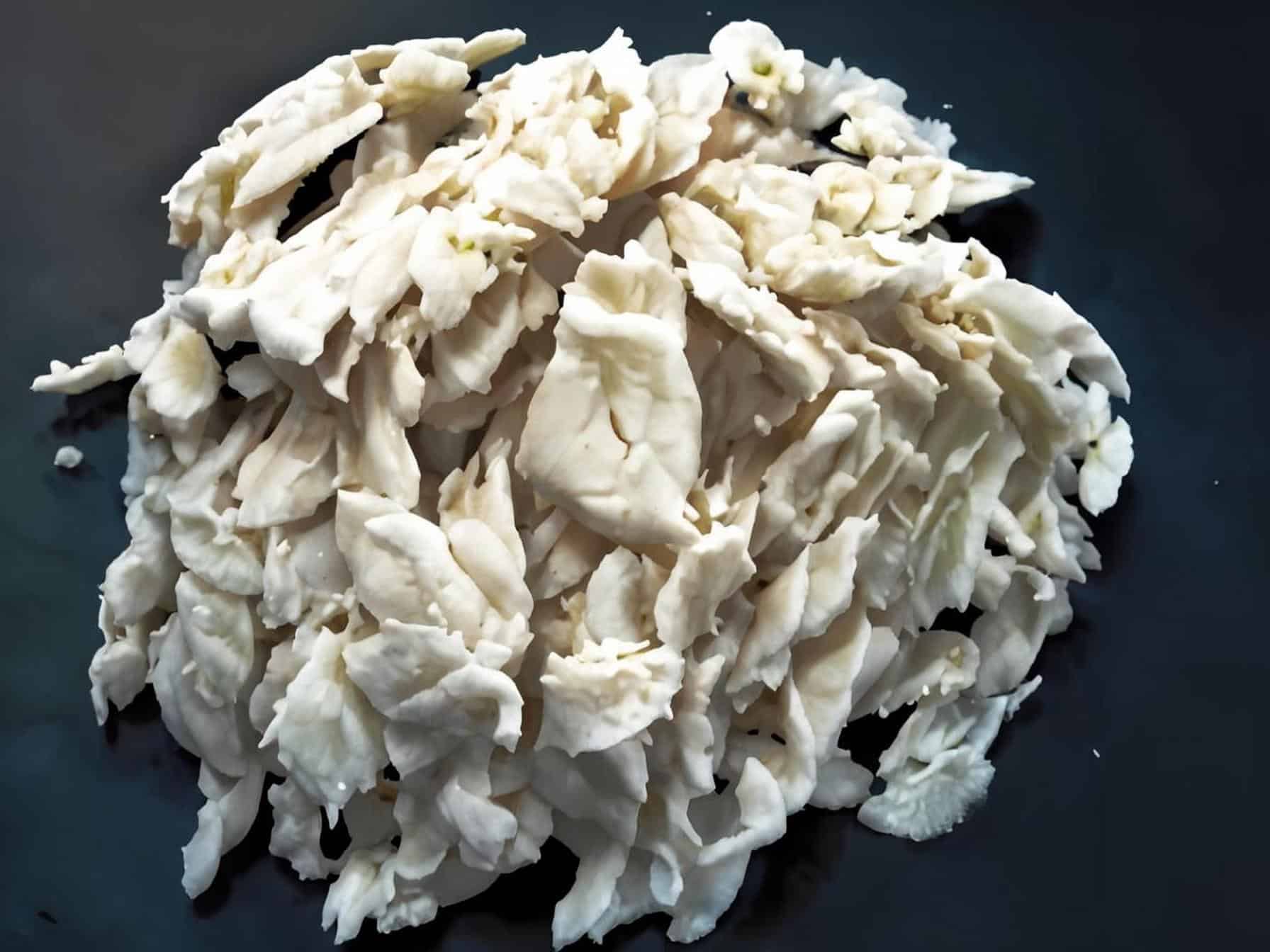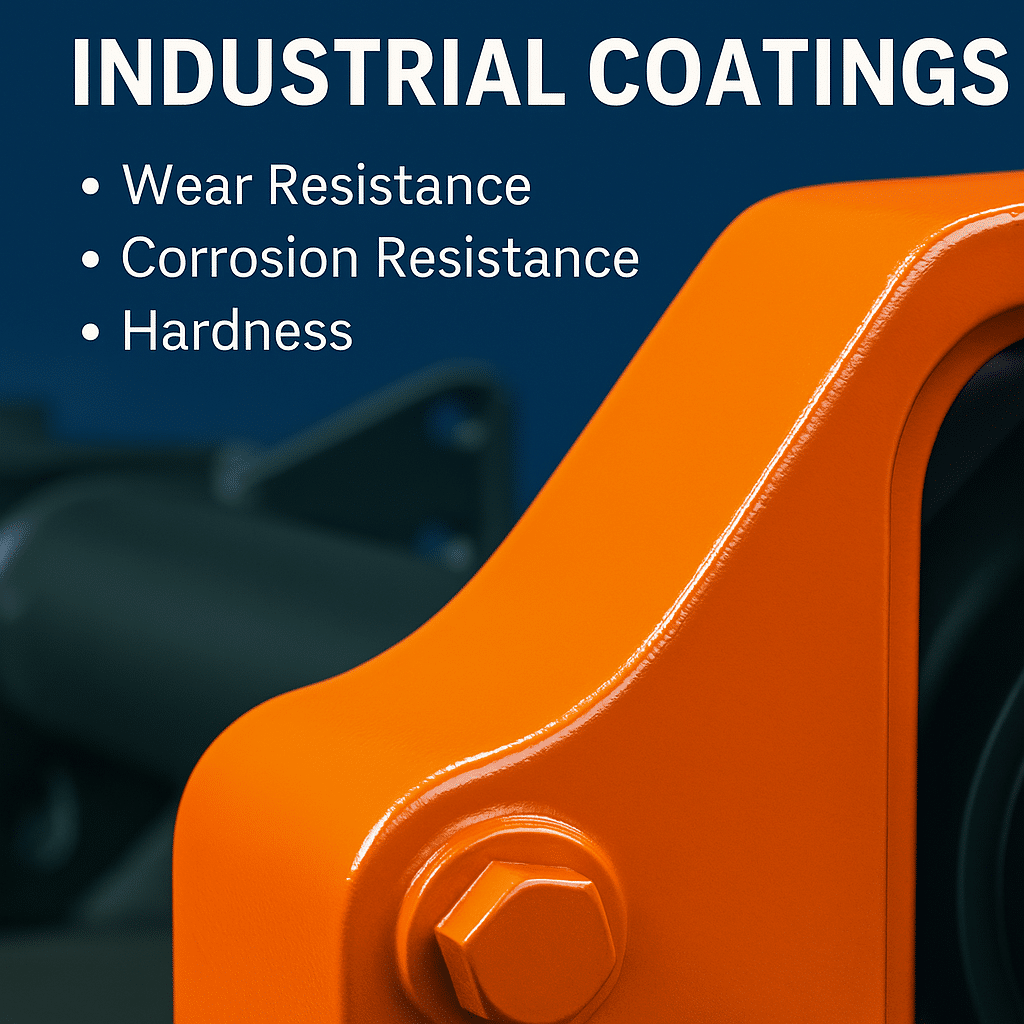The application of epoxy resin in construction mainly includes the following aspects: first, floor coating, second, building anti-corrosion, and third, structural reinforcement.
Regarding floor coatings, the most used film-forming material is synthetic resin materials represented by epoxy resin; coatings are generally divided into solvent-free, solvent-based, and water-soluble types. Solvent-based systems have shortcomings such as solvent volatilization, low paint viscosity, low solid content, thin primary film, and easy color floating during construction. The film-forming material has weak impact resistance. Since the solvent-free system does not contain inactive solvents, the solid content can be adjusted to nearly 100%, the film thickness can be formed at one time, and Bernard’s nests and floating colors will not occur during construction. Water-soluble clean and wear-resistant floor coating has good adhesion to wet base surfaces.
On the construction of corrosion prevention, due to acid, alkali, salt and organic solvents and other media, building materials produce different degrees, all kinds of physical and chemical damage, this corrosion process is generally slow, short-term consequences do not show, once the harm is quite serious. In the construction project epoxy resin anti-corrosion, commonly used materials and products including resin cement, resin mortar, glass fibre reinforced plastic and resin glass scales. Resin mastic, resin mortar and resin glass scale, is to resin for binder add hardener, toughening agent (some materials need to add accelerator or diluent), and powder, fine aggregate, coarse aggregate, and after treatment of glass scale formulated.
On the structure strengthening, concrete, and reinforced concrete structure use process, often due to various factors suffered different damage, affecting the service life of various buildings after many years of use, most of them will have a different degree of damage, the need for maintenance and repair. Epoxy resin made of epoxy adhesive superior performance, more modification pathway, more for the bonding of concrete components, and repair, bridge engineering, airstrips, highway repair, concrete structure crack reinforcement or seepage plugging grouting, and so on.
Causes and prevention of cracks in high-grade concrete in Xiaolangdi flood release project
Xiaolangdi Water Conservancy Hub Project is located 40km north of Luoyang City, Henan Province, at the exit of the last section of the canyon in the middle reaches of Yellow River. It is 130km away from Sanmenxia Water Conservancy Hub and 128km away from Huayuankou, with a total reservoir capacity of 12.65 billion m3, of which the effective capacity is 5.1 billion m3. The main task of the hub is to focus on flood control, bulging prevention, silt reduction, considering water supply, irrigation, and power generation, storing, and clearing up and draining the muddy water, removing hazards, and improving benefits, and making comprehensive use of the water. The flood relief project of Xiaolangdi mainly includes: inlet diversion channel, inlet tower composed of 10 towers with different functions, 3 orifice plate (inflow) holes, 3 open-flow flood relief holes, 3 sand discharge holes, 1 normal spillway, outlet dissipation pond and relief channel, tail water nullah. C70 high grade silica fume concrete with good cavitation and abrasion resistance is used in the body section below the gate chamber of the 3-orifice plate (inflow) holes, the open flow section of the 3 sand discharge holes, the 3 open flow holes and the spillway.

Concrete with a label below 40MPa is commonly used in our country and has rich construction experience and research results. However, the use of 70MPa concrete in large volumes and on a large scale is still rare in our country’s water conservancy projects. During the construction process of C70 high-grade silica fume concrete in the section below the sluice chamber of the Xiaolangdi orifice (diversion) tunnel, the open flow section of the sand drainage tunnel, the open flow tunnel and the spillway, cracks of varying degrees appeared in the concrete. The crack width is generally 0.4~0.8mm, the maximum width is 2mm, and the average crack length is 4m.

Causes of cracks in high-strength concrete
1. Analysis of early cracks Early cracks in concrete are mainly related to the internal and external temperature difference caused by cement hydration heat and the internal and external humidity difference caused by drying (especially after formwork removal). After concrete is poured, the temperature rises rapidly due to the heat of cement hydration. In addition, the thermal conductivity of concrete is very poor, resulting in a temperature difference between the inside and outside of the concrete. Due to the thermal expansion and contraction of the material, internal pressure and external tension are caused. When the tensile strength of the concrete at this time is less than the external temperature tensile stress, cracks will appear. Cracks have appeared in some parts when the formwork is removed (about 2 to 3 days old), and in some parts cracks appear within 1 to 2 days after the formwork is removed. There will generally be no cracks before the formwork is removed. From the on-site construction situation, it was found that cracks appeared when the formwork was removed. Most of them were due to the use of concrete pumps to increase the amount of cement, or the extremely cold weather after pouring and the failure to perform winter insulation well, or the above two factors were present at the same time. At this time, the temperature difference between the inner and outer surfaces of the concrete during the heating process is greater than 12°C, so cracks have already occurred in the concrete when the formwork is removed. Cracks were found on the 54th piece of concrete on the left wall of No. 3 Mingliu Cave when the formwork was removed.
When the concrete is without any protection after the formwork is removed, it is calculated that the cooling gradient on the surface of C70 concrete is the steepest on the first day after the formwork is removed, generally reaching about 12 to 20°C. According to calculation and analysis results, the temperature stress generated when the surface temperature drops by 10°C in one day is enough to pull the concrete surface apart. Actual statistics show that effective protection measures were not taken for the concrete after the formwork was removed. When encountering low temperatures, the surface temperature of the concrete drops suddenly, causing greater temperature changes and making the tensile stress on the surface of the concrete greater. In this way, surface cracks will appear in the concrete within 1 to 2 days after the formwork is removed. No cracks were found in the F layer (layer height 3m) of the WL-510K block on the left wall of the spillway when the formwork was removed. No protection was provided after the formwork was removed. Three verticals through cracks were found on the second day after the formwork was removed. Early concrete cracks are generally surface cracks with uncertain directions and large quantities. According to on-site statistics, this type of cracks accounts for 69% of the total.
2. Analysis of late-stage cracks Late-stage cracks in concrete are mainly caused by foundation temperature differences and are related to factors such as construction block size, concrete elastic modulus/bedrock elastic modulus and other factors. For a concrete floor or side wall with a thickness of 1 to 2 meters, when the temperature of the concrete block drops from the highest to the lowest (or stable temperature), a large tensile stress will be generated due to the strong constraints of the bedrock. If the foundation temperature difference is large or the block size is large, the tensile stress generated is greater than the tensile strength of the concrete, and cracks will occur in the concrete.
On pouring blocks without early cracks, later cracks generally appear in the middle of the pouring block, while in pouring blocks with early cracks, late cracks only continue to elongate and deepen on the existing cracks. Due to the strong basic binding force formed by the floor and surrounding rock, the resulting cracks are deep cracks and penetrating cracks. These types of cracks are less numerous but are the most harmful. According to on-site statistics, this type of cracks accounts for 31% of the total.
The Xiaolangdi flood discharge project uses C70 high-grade silica fume concrete, and the probability of various types of cracks is higher than that of C40 and below concrete parts. Judging from the time of crack generation, there are mostly early cracks. Judging from the types of surface cracks, deep cracks, and penetrating cracks, C70 high-grade silica fume concrete has more deep cracks and penetrating cracks than concrete below C40. By analyzing the causes of early cracks and late cracks, effective preventive measures were taken, and the implementation of these measures achieved good results in preventing the formation of cracks. According to the requirements of technical specifications, all cracks with a width greater than 0.5mm or a length greater than 1.5m should be treated. Xiaolangdi uses epoxy resin grouting and ultra-fine cement grouting to treat cracks. These two methods are mature and the compressive strength after treatment meets the design requirements. To avoid and reduce cracks in high-strength concrete, optimizing the mix design and developing “shrinkage-compensating concrete” are new topics in the civil engineering materials discipline.
More information or free samples or price quotations, please contact us via email: sales@yqxpolymer.com , or voice to us at: +86-28-8411-1861.
Some pictures and texts are reproduced from the Internet, and the copyright belongs to the original author. If there is any infringement, please contact us to delete.




